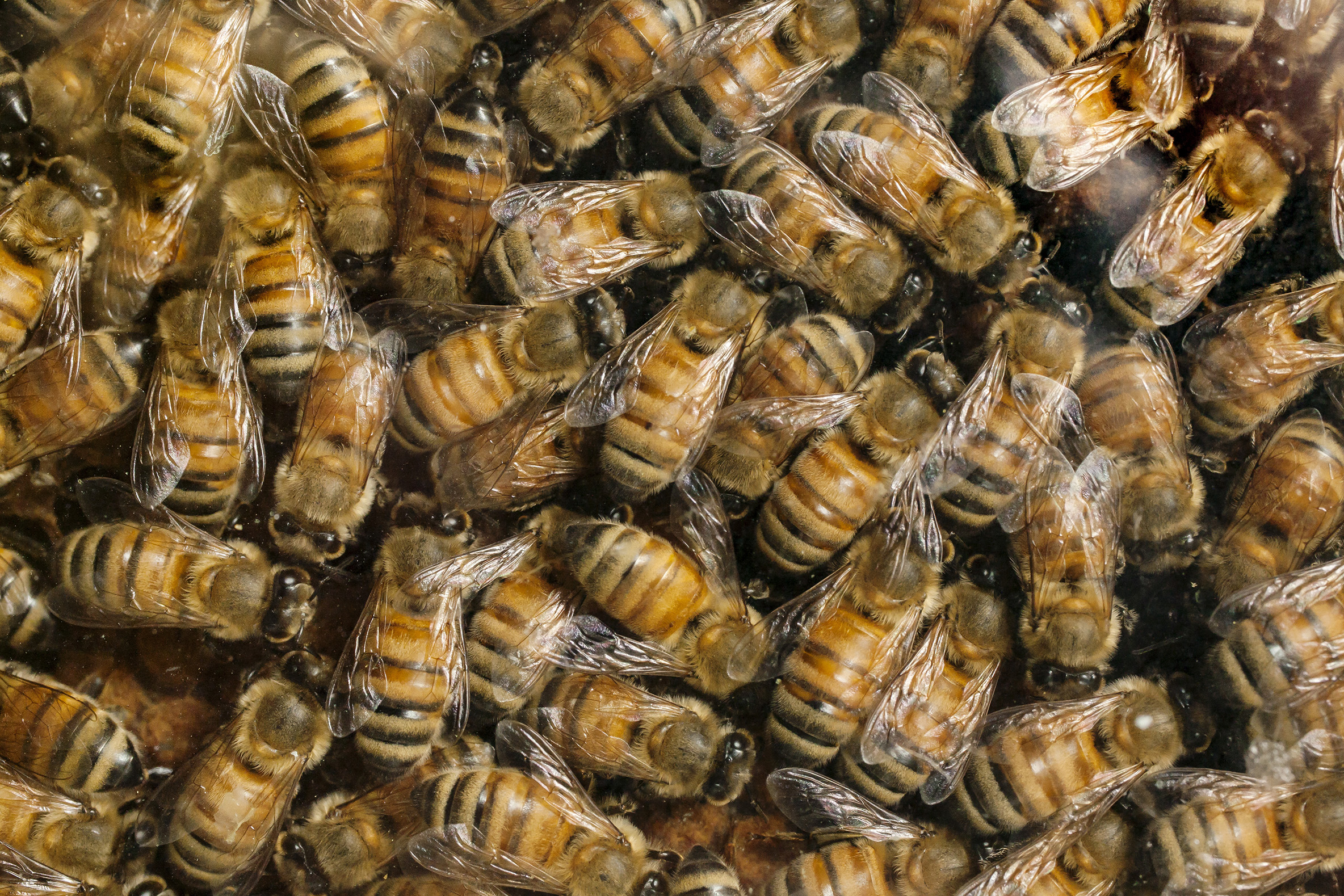For more than a century, the University of Illinois Urbana-Champaign has played a key role in the development of entomology as an experimental biological science. Entomology was first taught at the University of Illinois in 1869 and was organized as a department separate from Zoology in 1909, under the leadership of Stephen A. Forbes, widely regarded as the key figure in establishing ecology as an academic discipline in America. With the formation of the College of Liberal Arts and Sciences, the Department became among the first in the nation housed outside a college of agriculture. Consequently, it has had as its central mission the study of the basic biology of insects across all hierarchical levels of organization and the application of this basic knowledge toward enabling humans to coexist sustainably with this diverse and dominant class of organisms. The approach has served the department well in achieving fundamental advances with significance well beyond Insecta; a few historical examples include the identification of carnitine as a universal transporter of fatty acids to mitochondria (Fraenkel 1953), the biochemical characterization of the first enzyme involved in insect pesticide resistance (Sternburg et al. 1954), and identification of a functional DNA methylation system in insects (Wang et al. 2006).
Today, the Department of Entomology is part of the School of Integrative Biology in the College of Liberal Arts and Sciences and is structured to maintain expertise and integrate across the core areas of insect ecology, physiology, systematics and evolution, genomics and molecular biology, and integrated pest management. In addition to line faculty in SIB, the department has an extensive network of affiliates from across UIUC as well as the Illinois Natural History Survey in the Prairie Research Institute who serve as advisors and mentors for the graduate student body. Current areas of strength include insect social biology and sociogenomics, pollinator health and conservation, disease ecology and medical entomology, and anthropogenic impacts on insect biodiversity. Faculty collaborate extensively within and beyond the department across multiple disciplines; this ability to integrate across disciplines gives our students the kind of broad and interdisciplinary training that they need to be competitive for positions in science in the 21st century. Among topics of interdisciplinary research in our department are chemical communication and insect-plant interactions (Berenbaum, Hanks, Ngumbi); molecular evolution, biodiversity, and systematics (Berenbaum, Evangelista); behavior, physiology, and genomics of social insects (Dolezal, Robinson, Suarez); landscape-scale ecology (Allan, Harmon-Threatt), and bioinspiration (Alleyne, Suarez). Affiliates bring strength in systematics, phylogenomics, aquatic entomology, conservation biology, paleoentomology, and agricultural entomology.
We are interested in graduate applications from students who are curious, creative, and hard-working and who welcome new ideas and embrace novel experimental approaches. Students interested in interdisciplinary training and team science in particular can thrive here. As well, we value diversity as a feature of our faculty and graduate student body and aim to provide a collegial and inclusive educational environment to enable all of our students to achieve their career goals. Our alumni have forged successful careers at a wide range of institutions, including land grant universities, small private liberal arts colleges, federal laboratories, zoos, museums, and consulting firms.
In addition to its primary function as a center for research and graduate training, the Department of Entomology also participates in many outreach activities, including the annual Insect Fear Film Festival. We have long felt that effective communication is an essential component of any career in science and we provide resources and training opportunities to ensure that our graduates can share their work with both the scientific community and the general public. As well, our department has a long history of service to the profession of entomology and science in general. Three years after the founding of the department, for example, two of its faculty were officers in the Entomological Society of America and today among the faculty are current and past Presidents of the Entomological Society of America and members of the Council of the National Academy of Sciences.
